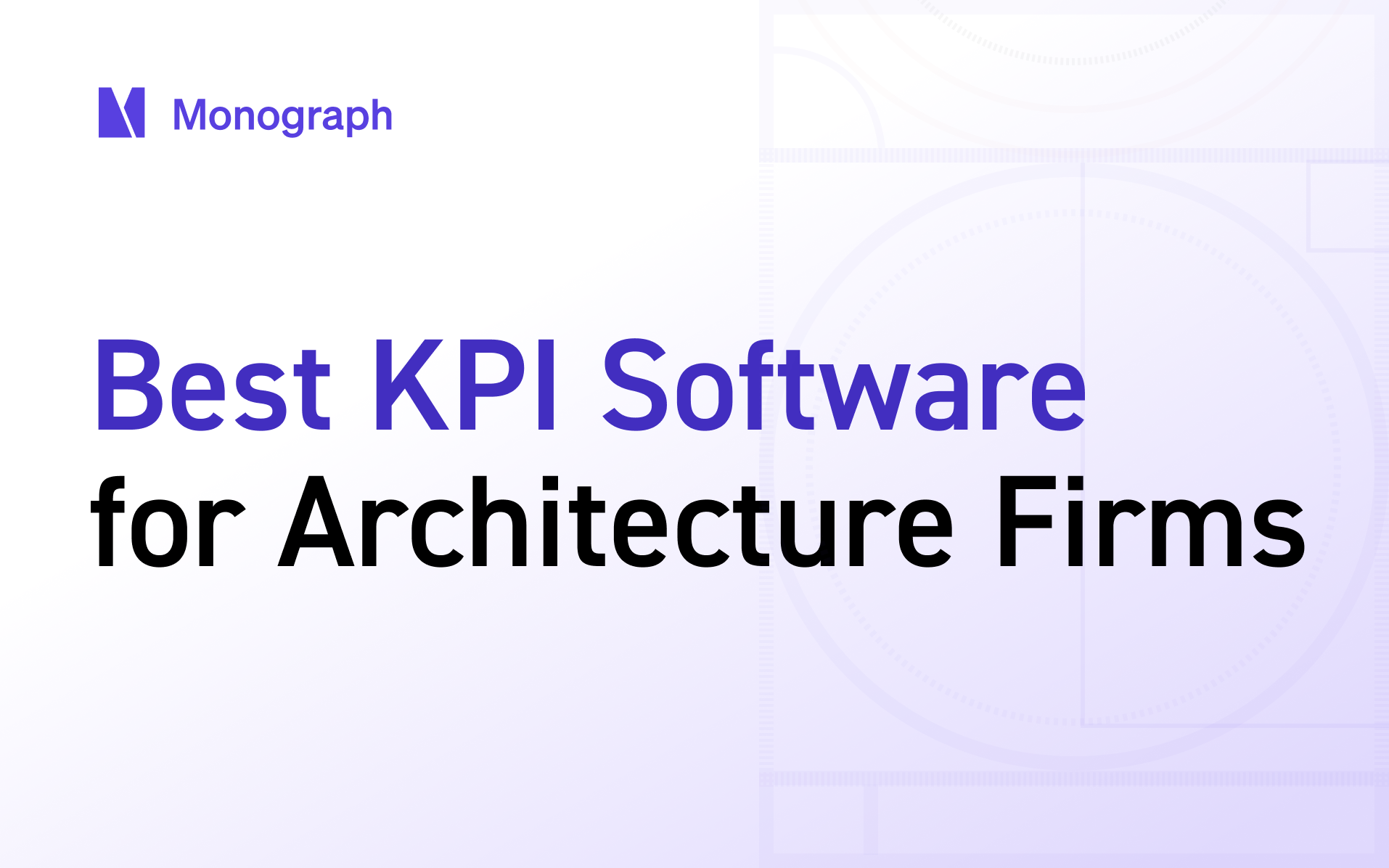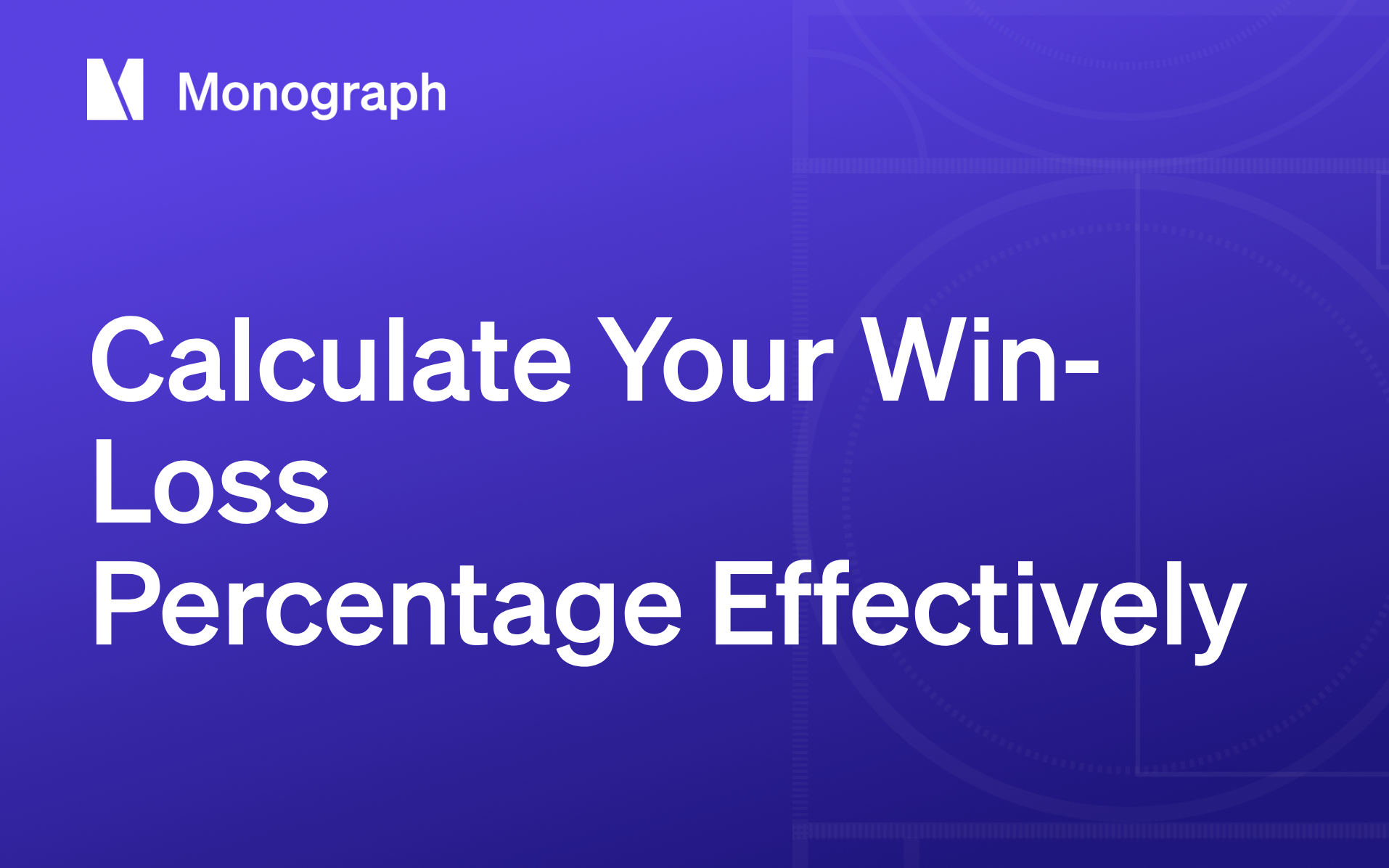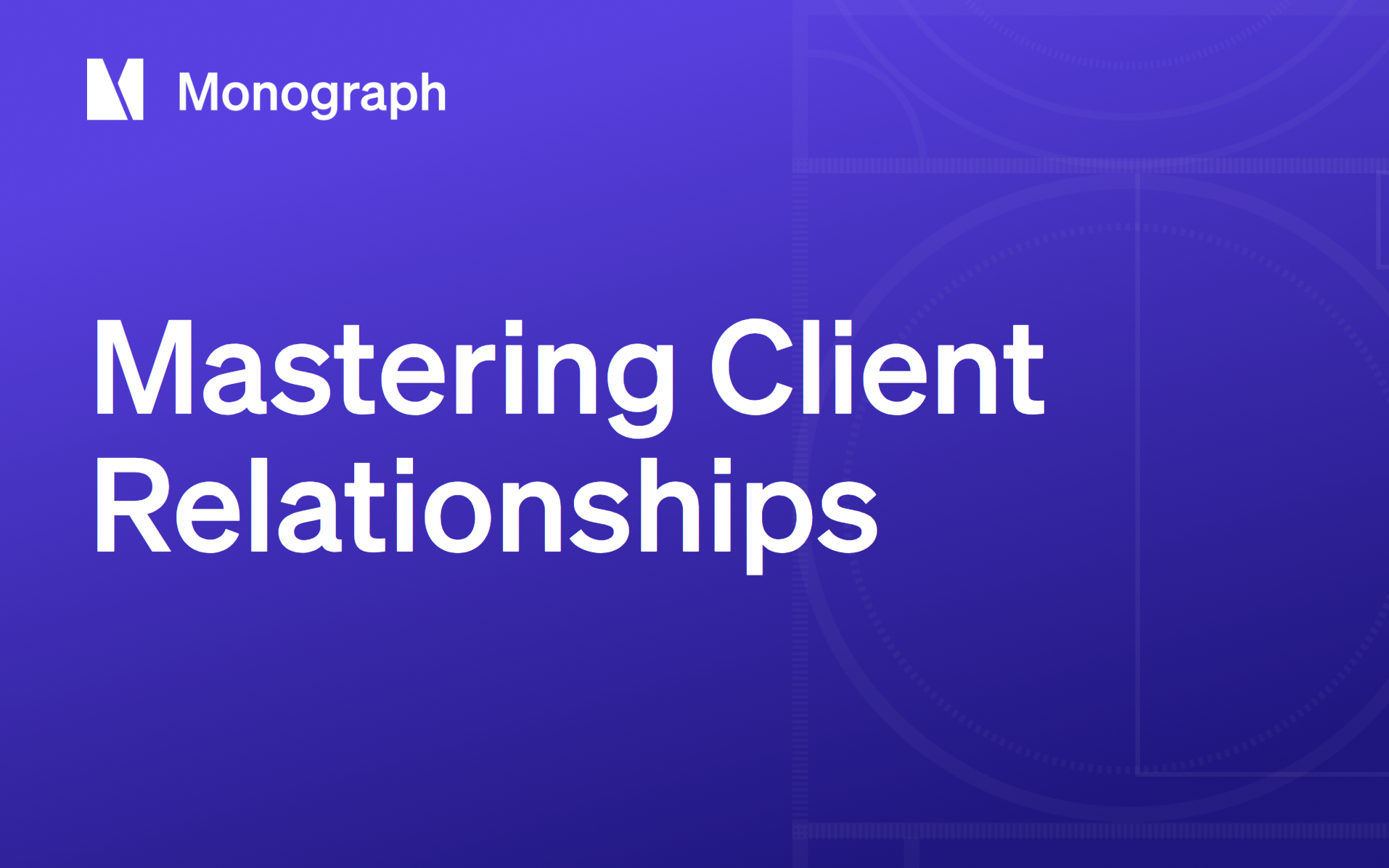Contents
A&E leaders make business-critical decisions every day, but they’re piecing together insights from scattered spreadsheets, last-minute project reports, and legacy accounting systems.
The chaos is dangerous. Long project cycles and fixed-fee contracts leave zero margin for error, and multi-rate billing and consultant coordination only make things worse. When data slips through the cracks, your bottom line suffers.
Manual reporting doesn’t cut it anymore. You need real-time information from KPI software that brings project performance, team utilization, and cash flow together in one platform. This guide shows you the best options.
The Hidden Cost of Scattered Data in A&E Firms
When critical metrics live in isolation, you lose control of the business fundamentals.
Your key project manager spends a whole morning chasing passwords and sifting through three separate systems to answer a simple capacity question. Meanwhile, a profitable project slides toward the red because nobody noticed the consultant overruns until invoicing week.
You end up turning down new work—while the shop across the street picks it up. But what’s the point of tracking net multiplier if your direct labor costs aren’t aligned with today’s revenue? And if your utilization rates are six months old, how can you spot inefficiencies in real time?
Without a unified KPI platform, cash flow becomes a guessing game. Accounts receivable ages invisibly in separate ledgers while you keep meeting payroll, never knowing which invoices are overdue.
That’s exactly where BRNS Design found themselves—until they centralized everything in one system.
“We used other software for time tracking, but kept track of profitability, schedules, project teams, invoicing, and consultant billing in a million other places and platforms.
“With Monograph, the reporting has made us become more consistent on all our projects. We can see what projects are falling behind and what projects are most profitable.”
- Madison Perez, Operations Lead, BRNS Design
Scattered data erodes margin, masks risk, and caps growth. Until every hour, dollar, and drawing lives in the same system, you're missing things when precision matters most.
What Great A&E KPI Software Should Deliver
Picture opening one dashboard and seeing exactly which projects are profitable, which teams are stretched, and when the next payment will hit the bank. The best performance tracking platforms do this. You get:
- Live profit tracking to surface projects bleeding cash before they spiral out of control.
- Utilization reports that show whether senior architects are stuck on low-value tasks.
- Cash-flow forecasts that draw on real client payment patterns.
Great KPI software is built for the way A&E firms actually work. Phase-based budgeting from schematic design is built into platforms designed by people who have walked the walk.
The same logic tracks external consultants and pushes their fees into the same profit line you watch for internal hours. It handles time and budget allocations for everyone—from interns to principals—without spreadsheet gymnastics.
But data without action is worthless. You need early warning alerts, forward-thinking capacity planning, and accurate benchmarks.
And none of it works without clean, connected data. Integration is what keeps your operations in sync—from time tracking to invoicing to forecasting.
Monograph’s two-way sync with QuickBooks Online ensures every entry flows between systems. No more double entry, plus timesheets get logged from tools your team already uses.
Pick the right platform, and you never have to operate in the dark.
Top 5 KPI Software Platforms for Architecture & Engineering Firms
We've tested dozens of KPI software options, wrestled with integrations, and field-tested dashboards on real projects. Here's what rises to the top:
1. Monograph—Best KPI Software for Architects and Engineers
Monograph is the only system on this list created by former architects who were tired of juggling Excel, QuickBooks, and late-night fee calculations. You feel that pedigree the moment you log in.
Core KPI Features:
- MoneyGantt™: See project budget vs. actual spending in real-time, overlaid on project timelines.
- Utilization tracking by role: Monitor senior architect time vs. junior staff efficiency across all active projects.
- Integrated invoicing: Track from time entry to payment collection in one unified dashboard.
- Consultant coordination: Manage external team billing and project contributions.
A&E-Specific Advantages:
Phase-based project structure mirrors actual architectural and engineering workflows from schematic design through construction administration. Multi-rate billing handles the complexity of staff wearing different hats.
QuickBooks Online integration eliminates double-entry between project management and accounting, and built-in payment processing through Stripe integration reduces payment cycles.
Advanced Workflow Features:
Real-time project profitability alerts you when budgets hit critical thresholds, and capacity planning lets you know what your team will be working on in 3-6 months' time. Use those staffing plans with automated timesheets and check firm health from anywhere via mobile access.
Pricing & Best Fit:
$25-$45 per user/month with annual billing and a five-seat minimum.
Monograph is perfect for 5-50 person A&E firms using QuickBooks Online who want practice management and KPI tracking in one integrated platform. It thinks like you do—phases, hours, and deadlines.
2. Deltek Vantagepoint—Enterprise ERP with KPI Dashboards
Vantagepoint is a comprehensive ERP designed specifically for project-based businesses. You get robust reporting capabilities and enterprise-grade compliance features.
Core KPI Capabilities:
- Advanced project profitability analysis across multiple dimensions, like project or sector.
- Resource planning with utilization forecasting months into the future.
- Financial reporting with drill-down capabilities.
- Business intelligence dashboards with industry benchmark comparisons.
Limitations:
Vantagepoint asks for a complex implementation process, even when migrating from other Deltek products. You’ll need dedicated IT support and system administration, and may find the enterprise-level feature set overwhelming if you’re less than 50 staff.
Pricing & Best Fit: Cloud subscriptions start around $30-45 per user/month.
Vantagepoint is well-suited for larger firms (50+ employees) with complex billing structures, separate legal entities, and dedicated finance teams prepared to manage a comprehensive ERP system.
3. BQE Core—Traditional A&E Practice Management
BQE is an established player in A&E practice management with deep industry knowledge and templates specifically designed for architecture and engineering workflows.
KPI Capabilities:
- 40+ out-of-the-box KPI widgets across utilization, overhead multiplier, and aged receivables.
- Real-time budget vs. actual tracking across all projects.
- Financial KPIs with drill-down reporting.
- Mobile app with a voice assistant for field time tracking.
Limitations:
Core’s performance starts to lag during peak hours when teams log in simultaneously. The frequent module up-charges for additional functionality can become frustrating and hard to keep track of. Report customization is limited unless you opt for the Core Intelligence add-on.
Pricing & Best Fit: Base pricing starts at $20 per user/month plus a mandatory $10 account fee, with additional modules requiring separate charges.
BQE Core is a suitable choice for traditional A&E firms that are comfortable with modular pricing structures.
4. Unanet ERP AE—Architecture & Engineering ERP Solution
Unanet’s purpose-built ERP platform was designed for A&E workflows. You get industry-standard project phases, billing structures, and compliance requirements.
KPI Capabilities:
- Real-time Project Central dashboard with 49 KPI tiles.
- Drag-and-drop Gantt charts with resource heatmap.
- Live budget vs. actual tracking with variance analysis alerts.
- Resource utilization reporting on individual employee performance.
Limitations:
Unanet implementation timelines average 3-6 months for the Essentials edition, and up to 8-12 months for Enterprise.
You adapt to their workflow structure—you don’t customize your own. Frequent quarterly updates can be tedious, and you’ll need a dedicated system administrator to get the most out of it.
Pricing & Best Fit: Cloud pricing starts at $24/user/month for Time & Expense; full ERP functionality averages $35-$55/user/month.
Unanet is a good option for larger A&E firms (50+ employees) that need comprehensive ERP coverage beyond just KPI tracking.
5. Scoro—General Business KPI Platform
Scoro is an all-in-one business management platform with strong project-based tracking capabilities and pre-built architecture firm templates.
KPI Capabilities:
- Project profitability tracking with visual "Budget Health" burn-up charts.
- Resource utilization monitoring with target vs. actual comparisons.
- Financial KPIs and rolling cash flow forecasting.
- Custom dashboard creation with a drag-and-drop interface.
Limitations:
The learning curve is steep with Scoro—you’ll need to invest time to really get to grips with it. The architecture templates lack phase coding mapped to AIA stages, and advanced A&E billing features are only available on the more expensive Pro tier. Gantt charts don’t look great on the mobile app, either.
Pricing & Best Fit: The Essential plan starts at $26/user/month with a 5-user minimum; the Pro tier, with advanced A&E billing, costs $49.
Scoro is for design-forward firms with deeper pockets and ready to invest time in customization.
Pick a platform that matches your firm’s size, project complexity, and pace of work. Choose well, and you'll spend more evenings sketching new ideas instead of hunting through spreadsheets for missing numbers.
Monograph Success Stories
We’ve worked with 1,500+ firms and 12,000+ architects and engineers. HDG Architecture and Sruly G both switched to Monograph from mismatched, legacy systems:
“Monograph helped us to not be constantly struggling with deadline after deadline. The ability to track projects has allowed us to know what's expected in the coming weeks and months. And so rather than jumping from deadline to deadline, we're anticipating several weeks or months out what's coming down the pike and what projects or phases need to be completed.”
- Dave Buescher, Chief Operations Officer, HDG Architecture
“Monograph has transformed the way our firm operates. Monograph's tools allow us to schedule, scale, and make sure we’re on track both in project timeline and profitability.”
- Sruly Glauber, Principal, Sruly G
Dave and Sruly got tired of managing by gut feel. Monograph gives them consolidated data.
Stop Guessing. Start Seeing Your KPIs in One Place
You can't run a profitable A&E practice when critical data lives in scattered systems. Every day you spend piecing together utilization rates from Excel, project costs from QuickBooks, and cash flow from manual calculations is another day your competitors gain ground.
Invest in KPI software that understands A&E workflows. Move from reactive reporting to proactive decision-making. The right platform transforms scattered data into actionable insights—showing you which projects are profitable, which teams are overutilized, and when cash will hit your account.
Pick a platform built for architects and engineers. Pick Monograph.
Frequently Asked Questions
What are the most important KPIs for architecture and engineering firms to track?
The essential KPIs for A&E firms fall into three categories: profitability (project profit margins, net multiplier, overhead rate), productivity (utilization rate by role, realization rate, billable vs. non-billable time), and cash flow (days sales outstanding, work-in-progress aging, accounts receivable turnover).
Start with utilization rate and project profitability—these two metrics alone will reveal 80% of your operational issues.
How long does it take to implement KPI software and start seeing results?
Implementation timelines vary significantly by platform. Purpose-built solutions like Monograph typically take 2-4 weeks to get fully operational. The key is choosing software that integrates with your existing workflows rather than forcing you to rebuild everything.
Will KPI software integrate with our existing QuickBooks setup?
Most modern KPI platforms offer QuickBooks integration, but the depth varies considerably. Look for two-way sync that eliminates double-entry—your time entries should flow automatically into invoices, and payments should sync back to update project profitability in real-time.





